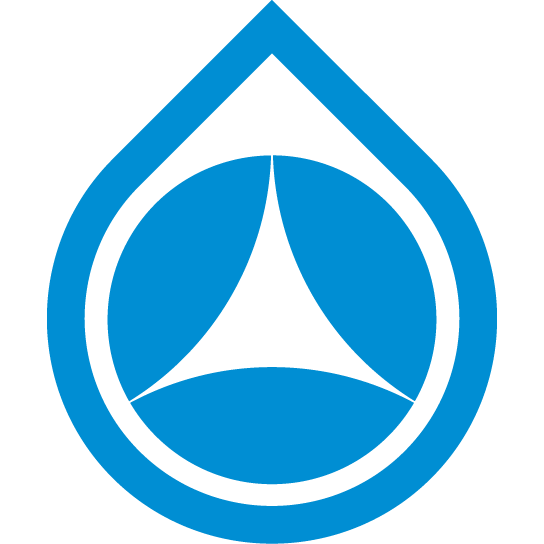wPRISMA
wPRISMA is an interactive web map application that provides information about water quality of surface water bodies. Its main objective is to identify areas or water bodies that experience significant pressures from diffuse and point sources of pollution.
wPRISMA characteristics
 wPRISMA is based on a 1-dimensional steady state water quality model for the fate of selected heavy metals & plant protection products in inland waters. Heavy metal loads from point sources (industries and WWTPs) are retrieved from European Pollutant Release and Transfer Register as well as from the inventory of Greek UWWTPs available from Special Secretariat for Water. The quantities of plant protection products from agricultural land uses entering surface water bodies are estimated using methodologies developed by FOCUS SW and Corine Land Cover data. Hydrological data are obtained from E-HYPE, an open hydrological model that enables the calculation of river discharges in catchment level.
wPRISMA is based on a 1-dimensional steady state water quality model for the fate of selected heavy metals & plant protection products in inland waters. Heavy metal loads from point sources (industries and WWTPs) are retrieved from European Pollutant Release and Transfer Register as well as from the inventory of Greek UWWTPs available from Special Secretariat for Water. The quantities of plant protection products from agricultural land uses entering surface water bodies are estimated using methodologies developed by FOCUS SW and Corine Land Cover data. Hydrological data are obtained from E-HYPE, an open hydrological model that enables the calculation of river discharges in catchment level.

wPRISMA applications
- Organize all your environmental information from monitoring programs and online stations in a secure and user friendly web map application.
- Generate maps with anticipated concentrations of selected pollutants in surface water bodies (WB).
- Compare predicted pollutants’ concentrations with Environmental Quality Standards (EQS) and measurements from monitoring programs.
- Explore the effect of different hydrological years and seasonal flow variations in pollutants’ concentrations.
- Simulate of multiple hydrological periods and production of maps indicative of the likelihood of EQS exceedance in WBs.
- Identify the contribution of upstream areas to the predicted concentration at a specific water body.
- Explore which areas are affected in case of uncontrolled pollution incidents of point sources.
 wPRISMA is being developed under the SWITCH-ON project (2013-2017). SWITCH-ON has received funding from the European Union’s Seventh Programme for research, technological development and demonstration under grant agreement No. 603587
wPRISMA is being developed under the SWITCH-ON project (2013-2017). SWITCH-ON has received funding from the European Union’s Seventh Programme for research, technological development and demonstration under grant agreement No. 603587





